History is full of brilliant minds and talented individuals who didn’t get the recognition they deserved while alive. Many of these people made incredible discoveries or created amazing works of art, only to be ignored or ridiculed by their peers. Let’s explore 24 historical figures who were ahead of their time and sadly underappreciated during their lives.
1. Vincent Van Gogh
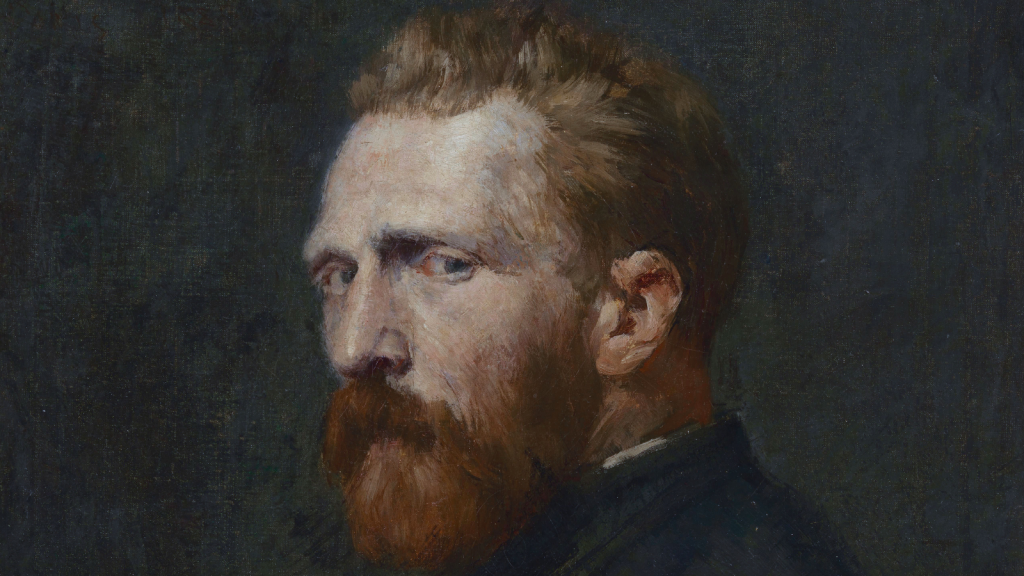
Vincent Van Gogh is now known as one of the greatest painters in history, but he struggled to sell his art during his lifetime. He only sold one painting before he died and lived in poverty for most of his life. Van Gogh suffered from mental health issues and died at the young age of 37. Today, his paintings sell for millions of dollars and are displayed in museums worldwide.
2. Gregor Mendel
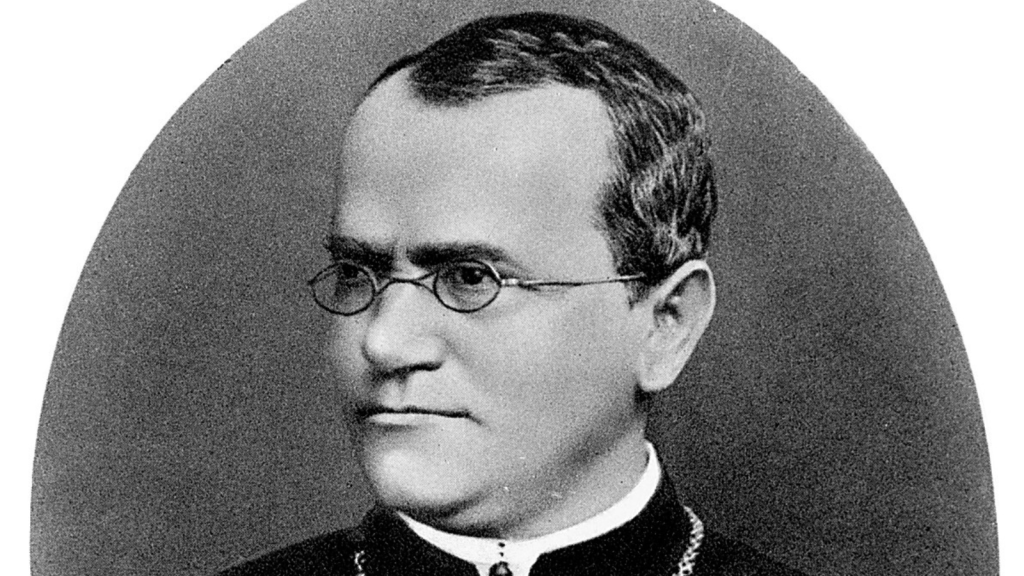
Gregor Mendel is considered the father of genetics, but his groundbreaking work was ignored for decades. He discovered the basic principles of heredity through experiments with pea plants in the 1850s and 1860s. Mendel’s work was so ahead of its time that other scientists didn’t understand its importance until long after his death. His discoveries laid the foundation for modern genetics and revolutionized our understanding of how traits are passed down.
3. Emily Dickinson
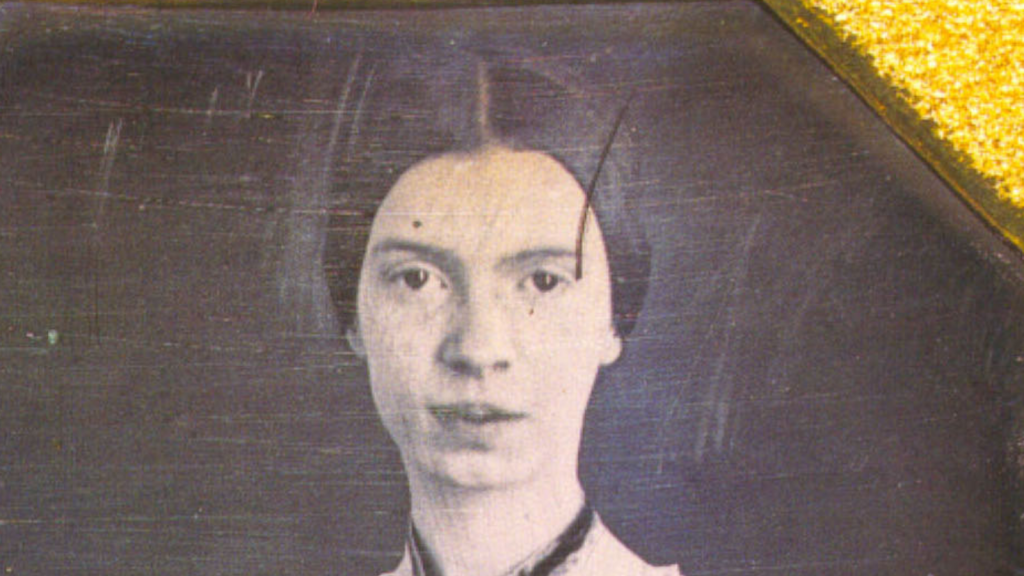
Emily Dickinson wrote nearly 1,800 poems during her lifetime, but only a handful were published while she was alive. She lived a reclusive life and was virtually unknown as a poet during her time. After her death, her sister discovered her poems and had them published. Today, Dickinson is recognized as one of the most important figures in American poetry, known for her unique style and profound insights.
4. Nicolaus Copernicus
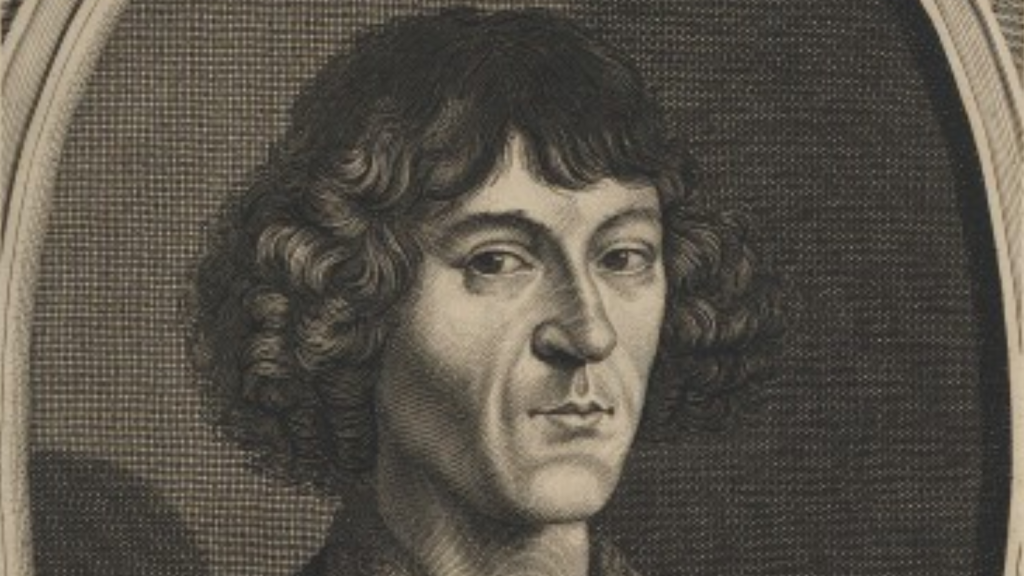
Nicolaus Copernicus proposed that the Earth revolves around the Sun, challenging the long-held belief that Earth was the center of the universe. He was hesitant to publish his ideas, fearing ridicule and persecution from the Church. His groundbreaking work, “On the Revolutions of the Celestial Spheres,” was only published as he lay on his deathbed. Copernicus’s heliocentric model eventually revolutionized our understanding of the solar system.
5. Edgar Allan Poe
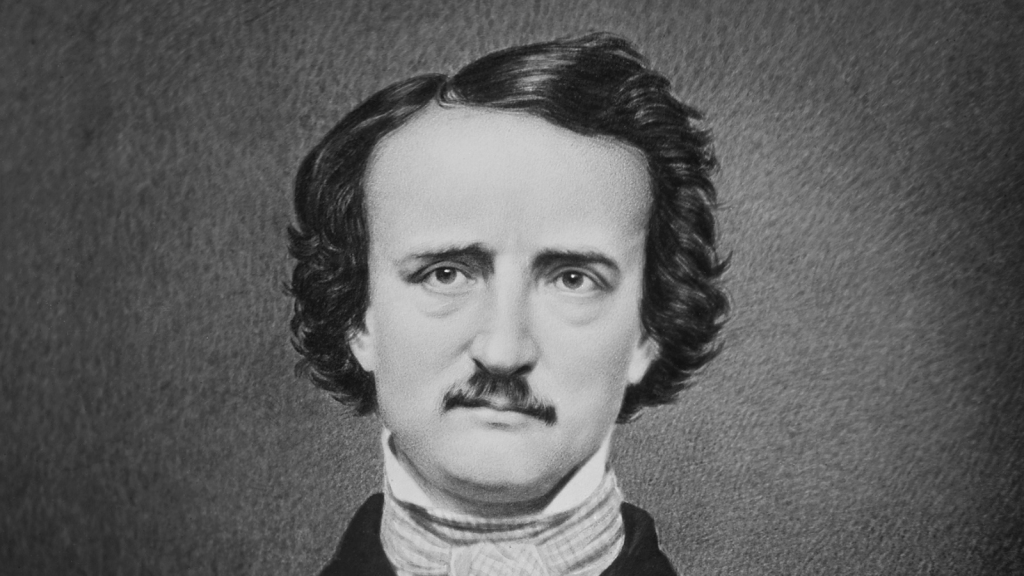
Edgar Allan Poe is now famous for his poetry and short stories, but he struggled financially throughout his life. He faced numerous personal tragedies and battled alcoholism. Poe’s writing style was often criticized by his contemporaries, and he died penniless at the age of 40. Today, he’s considered a master of the mystery and horror genres, influencing countless writers and artists.
6. Rosalind Franklin
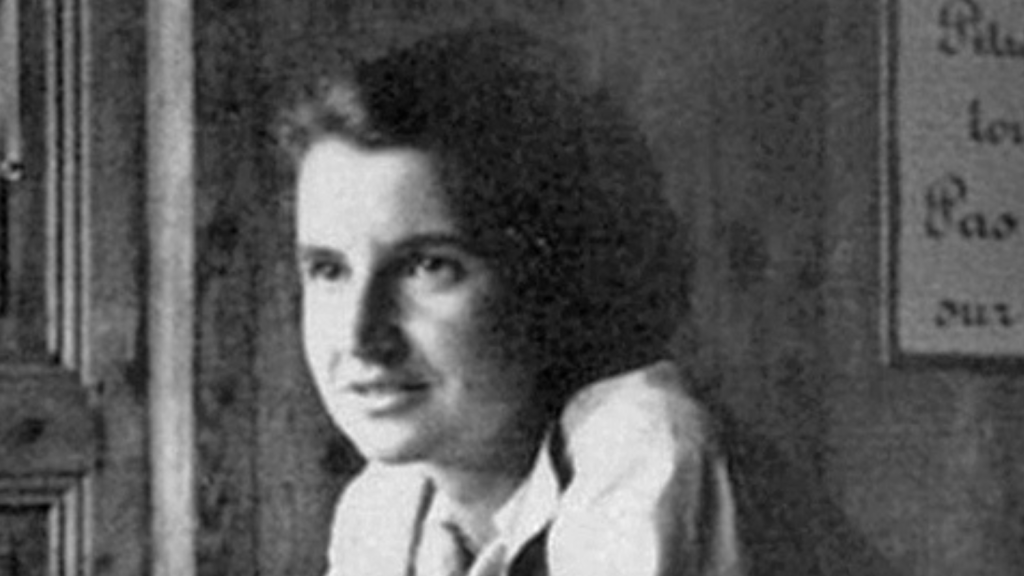
Rosalind Franklin made crucial contributions to the discovery of DNA’s structure, but her work was largely overlooked during her lifetime. Her X-ray diffraction images were key to understanding DNA’s double helix shape. However, her male colleagues Watson and Crick received most of the credit and the Nobel Prize. Franklin died of cancer at 37, never knowing how important her work would become to modern genetics.
7. Johannes Vermeer
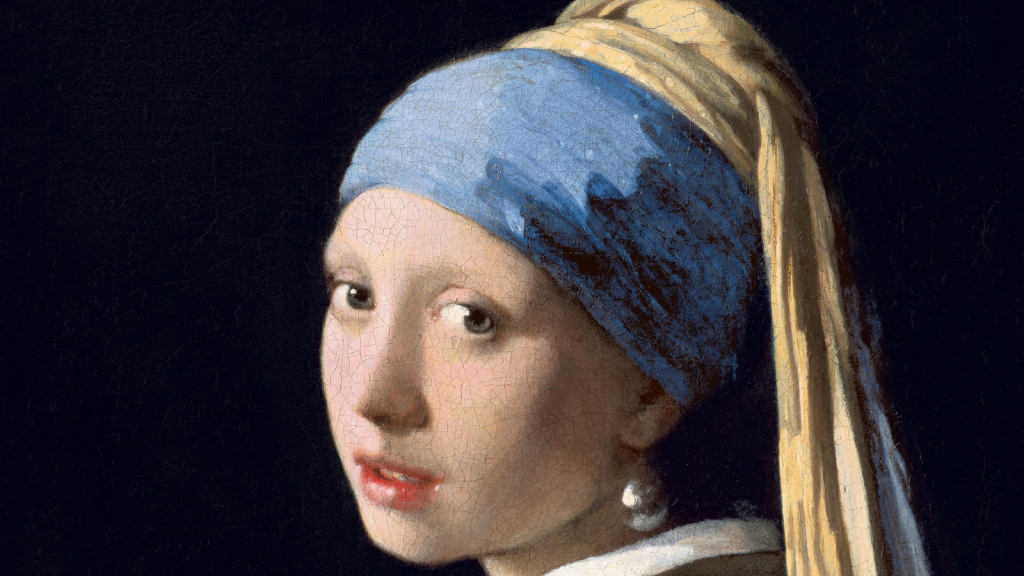
Johannes Vermeer was a Dutch painter who created fewer than 40 known works during his lifetime. He died in debt and was largely forgotten for nearly two centuries. It wasn’t until the 19th century that art critics rediscovered his work and recognized his mastery of light and color. Today, Vermeer is considered one of the greatest painters of the Dutch Golden Age.
8. Nikola Tesla
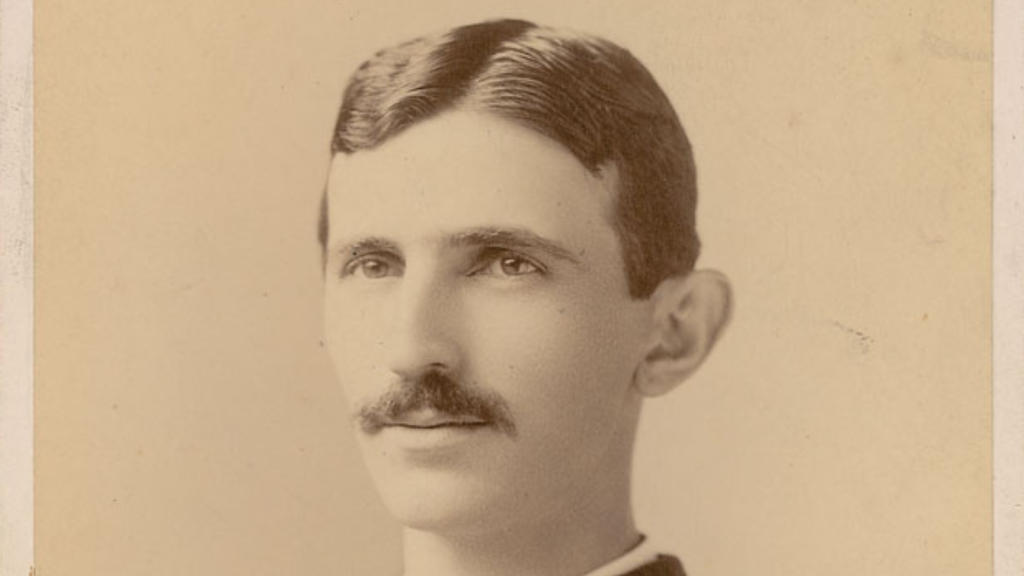
Nikola Tesla was a brilliant inventor who contributed to the development of modern electricity. He invented the alternating current (AC) electrical system and made numerous other discoveries. However, Tesla struggled financially and died alone in a New York hotel room. Many of his ideas were ahead of his time and are only now being fully appreciated and developed.
9. Franz Kafka
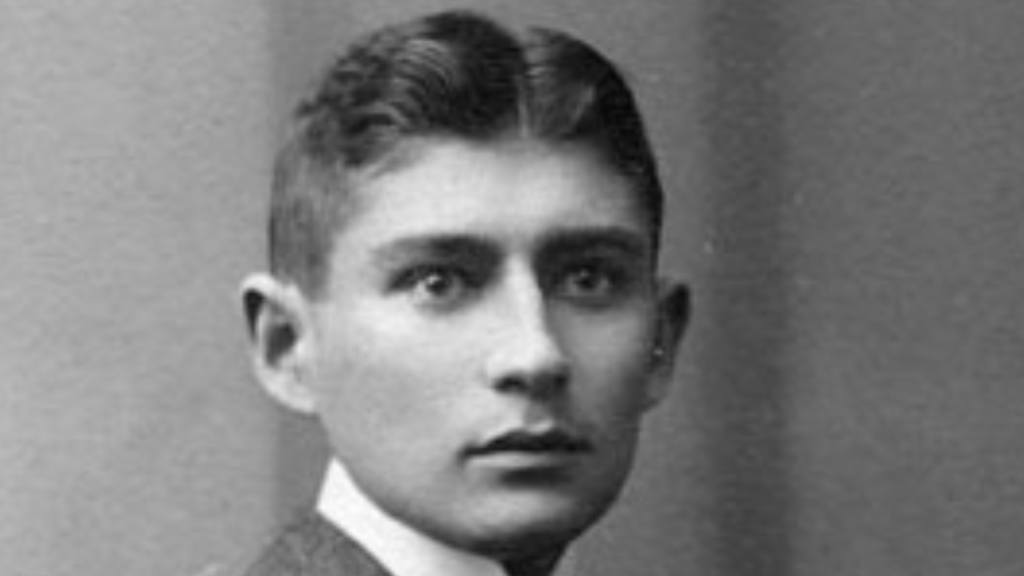
Franz Kafka was a German-speaking Bohemian novelist who wrote surreal and disturbing stories. He published very little during his lifetime and asked his friend to burn his unpublished works after his death. Fortunately, his friend ignored this request. Kafka’s unique style and themes have since influenced countless writers and thinkers, making him one of the most important figures in 20th-century literature.
10. Galileo Galilei
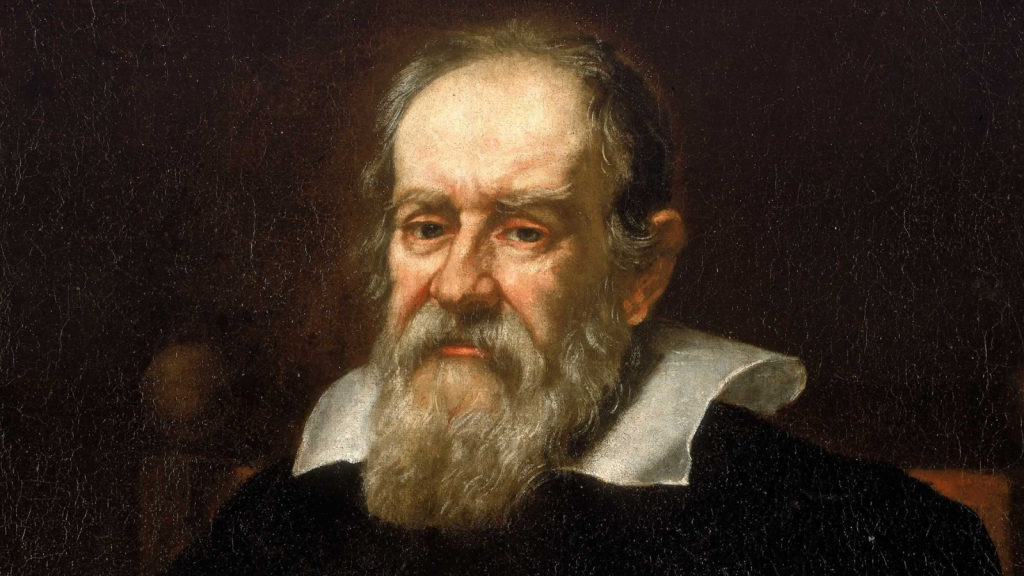
Galileo Galilei made groundbreaking discoveries in physics and astronomy, but his ideas were considered heretical by the Catholic Church. He was forced to recant his support for the heliocentric model of the solar system and spent the last years of his life under house arrest. It took centuries for the Church to formally admit that Galileo was right.
11. Ada Lovelace
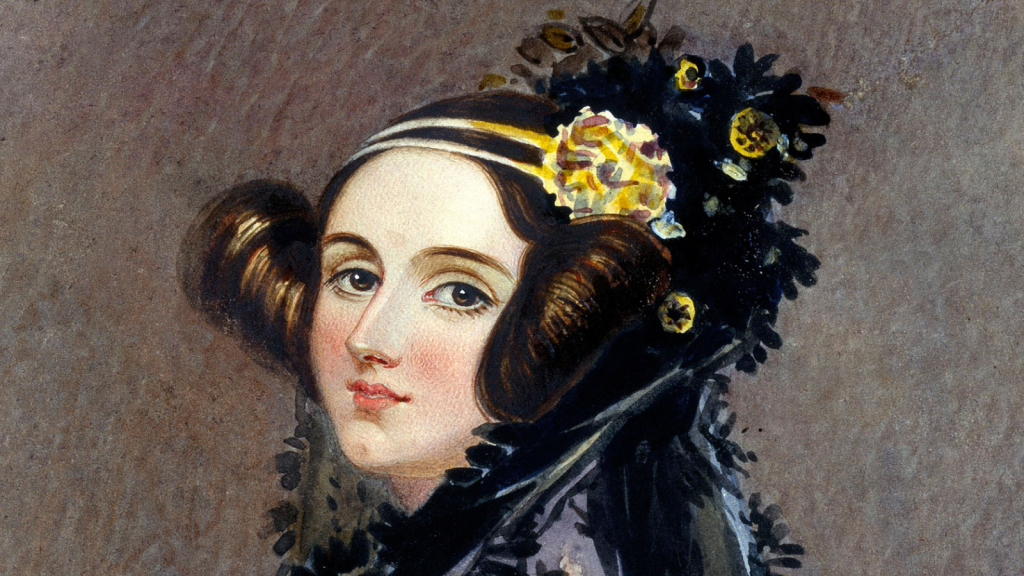
Ada Lovelace is now recognized as one of the first computer programmers, but her contributions were largely overlooked during her lifetime. She wrote the first algorithm intended to be processed by a machine, working with Charles Babbage on his Analytical Engine. Lovelace’s insights into the potential of computers were far ahead of her time and only gained recognition in the mid-20th century.
12. Henry David Thoreau
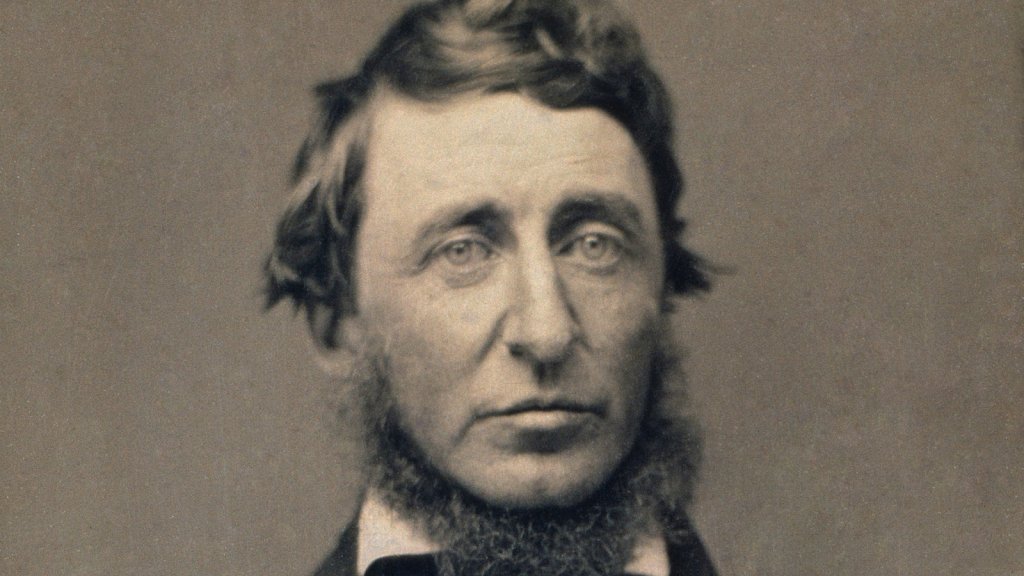
Henry David Thoreau’s writings on civil disobedience and nature have influenced generations, but he was not widely read during his lifetime. His most famous work, “Walden,” sold poorly when first published. Thoreau died relatively young and unknown. It was only in the 20th century that his ideas gained widespread recognition and influenced movements for social change and environmental conservation.
13. Ignaz Semmelweis
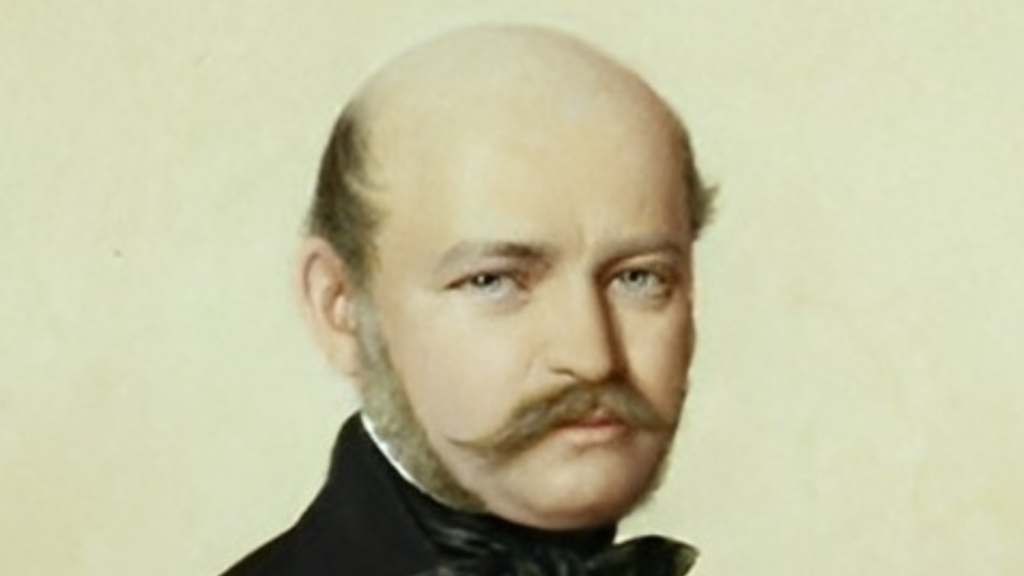
Ignaz Semmelweis discovered that handwashing could prevent the spread of disease in hospitals, but his ideas were rejected by the medical community. He was ridiculed and eventually committed to a mental asylum, where he died. It took years for germ theory to be accepted and for Semmelweis’s simple but life-saving practice to be widely adopted.
14. El Greco
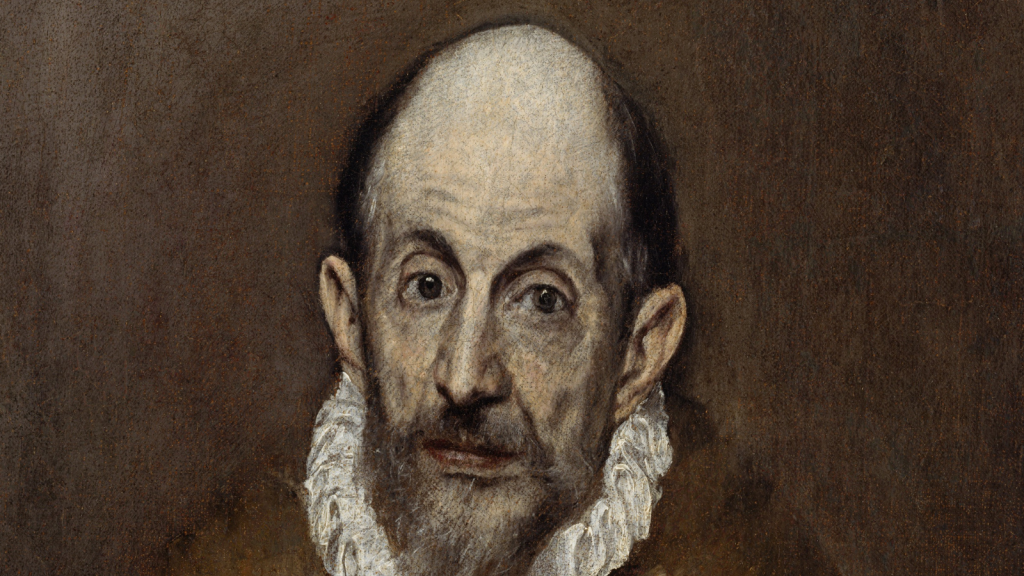
El Greco was a Greek painter who worked in Spain during the Spanish Renaissance. His unique style, with elongated figures and bold colors, was often criticized during his lifetime. El Greco struggled to find patrons who appreciated his work. Today, he’s recognized as one of the most influential painters of his era, admired for his expressive and spiritual artworks.
15. Mary Anning
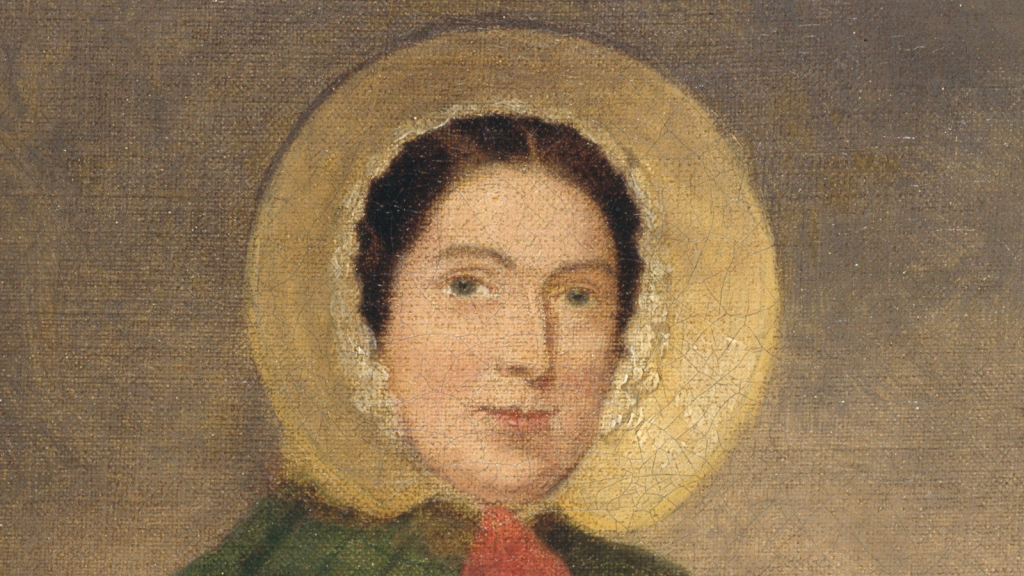
Mary Anning was a pioneering paleontologist who made several important fossil discoveries in the early 19th century. As a woman from a working-class background, she was often excluded from scientific circles and rarely received credit for her work. Anning’s contributions to paleontology were only fully recognized long after her death.
16. Johann Sebastian Bach
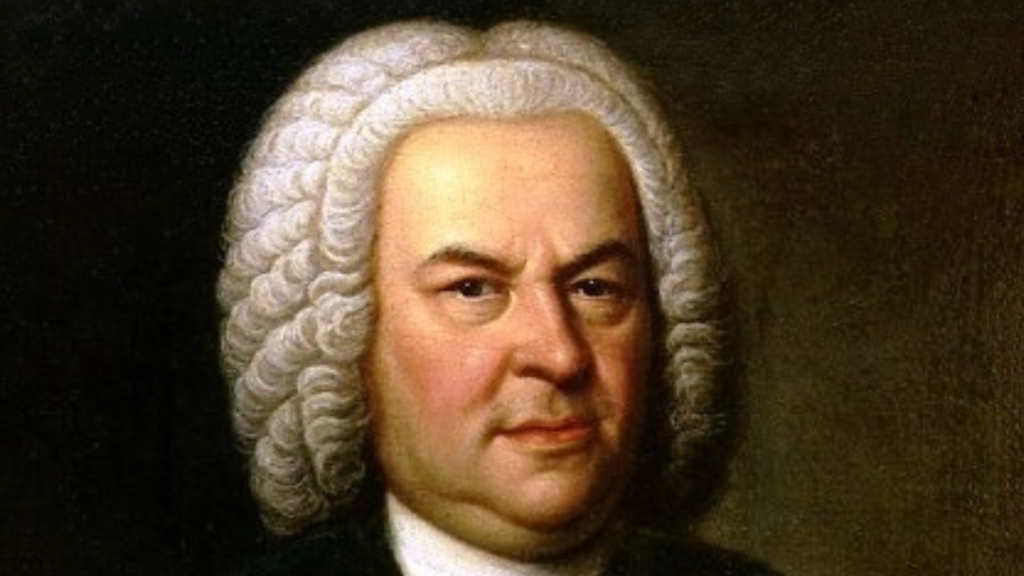
Johann Sebastian Bach is now considered one of the greatest composers in Western music, but during his lifetime, he was better known as an organist. Many of his compositions were forgotten after his death and only rediscovered in the 19th century. Today, Bach’s complex and emotionally expressive music is celebrated worldwide.
17. Oscar Wilde
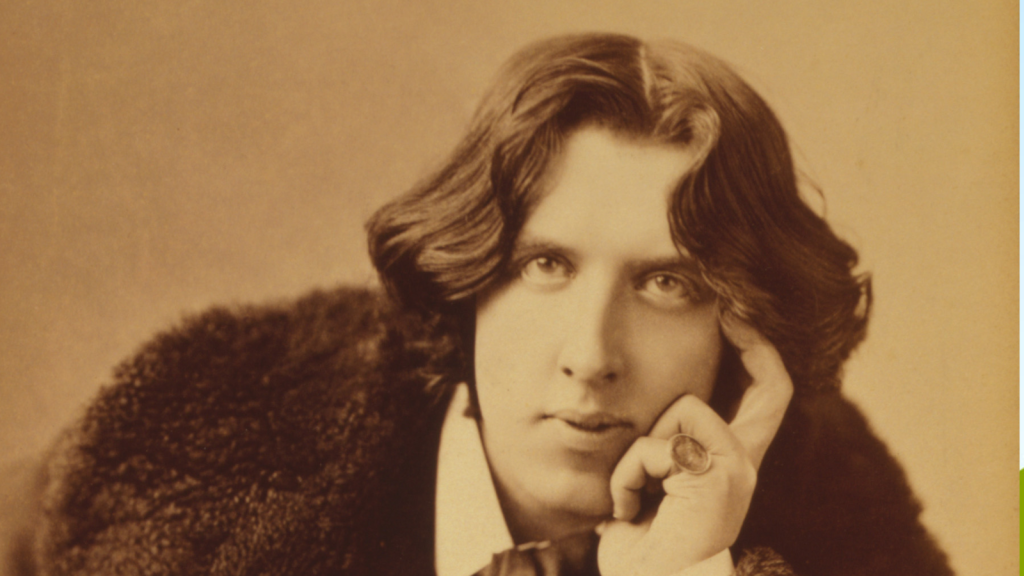
Oscar Wilde was a brilliant writer and wit, but his life ended in tragedy and exile. He was imprisoned for two years for “gross indecency” due to his homosexuality. After his release, he lived in poverty in Paris and died at the age of 46. While some of Wilde’s works were popular during his lifetime, his full genius and the depth of his writing were only fully appreciated after his death.
18. Søren Kierkegaard
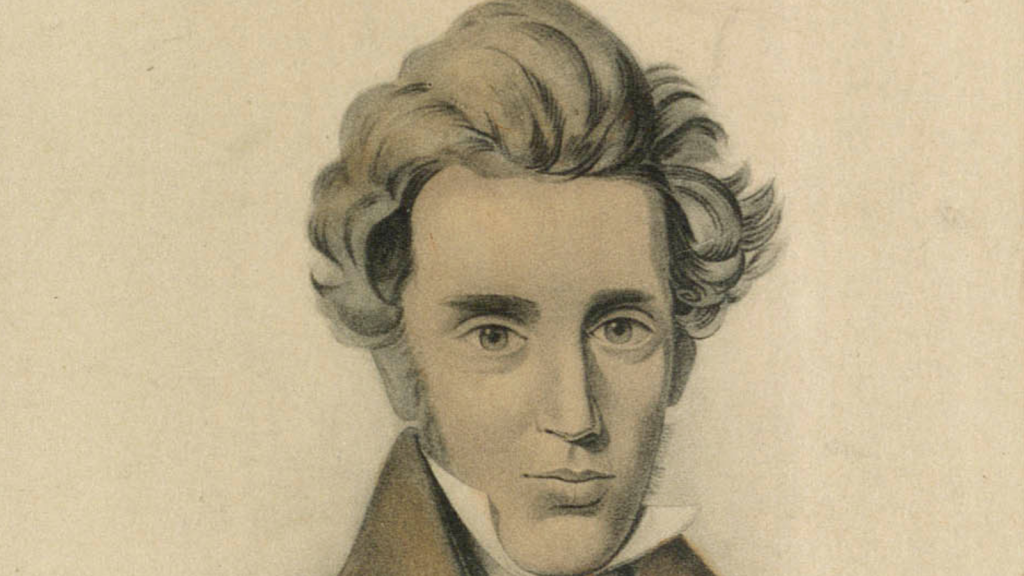
Søren Kierkegaard was a Danish philosopher whose work was largely ignored during his lifetime. He wrote on complex themes of existence, faith, and individuality. Kierkegaard’s ideas were too radical for many of his contemporaries. It wasn’t until the 20th century that his existentialist philosophy gained widespread recognition and influenced many other thinkers.
19. Zora Neale Hurston
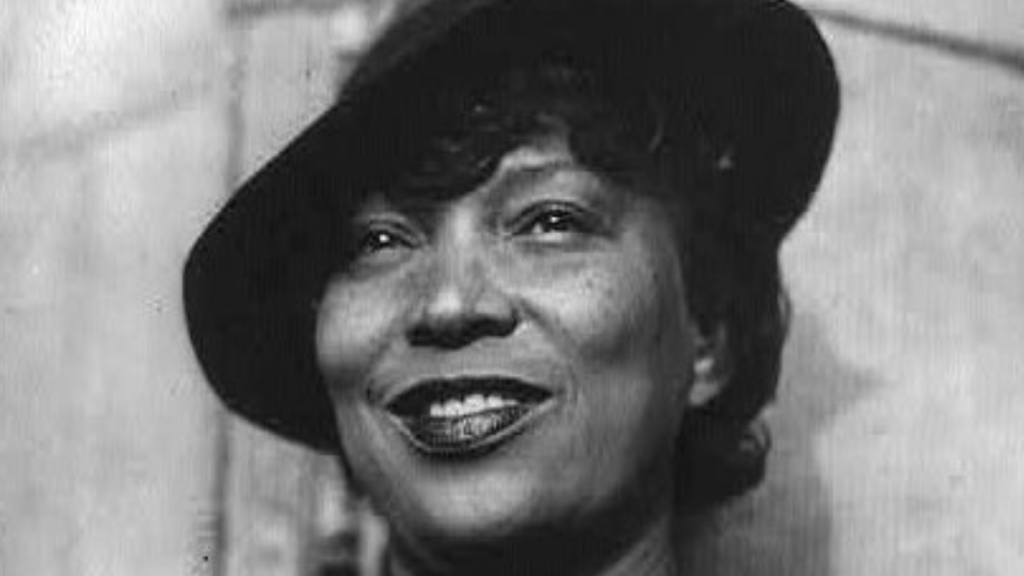
Zora Neale Hurston was an African American author and anthropologist whose work fell into obscurity after her death. She died in poverty and was buried in an unmarked grave. It wasn’t until the 1970s that her novels, including “Their Eyes Were Watching God,” were rediscovered and celebrated for their vivid portrayal of African American life and culture.
20. Édouard Manet
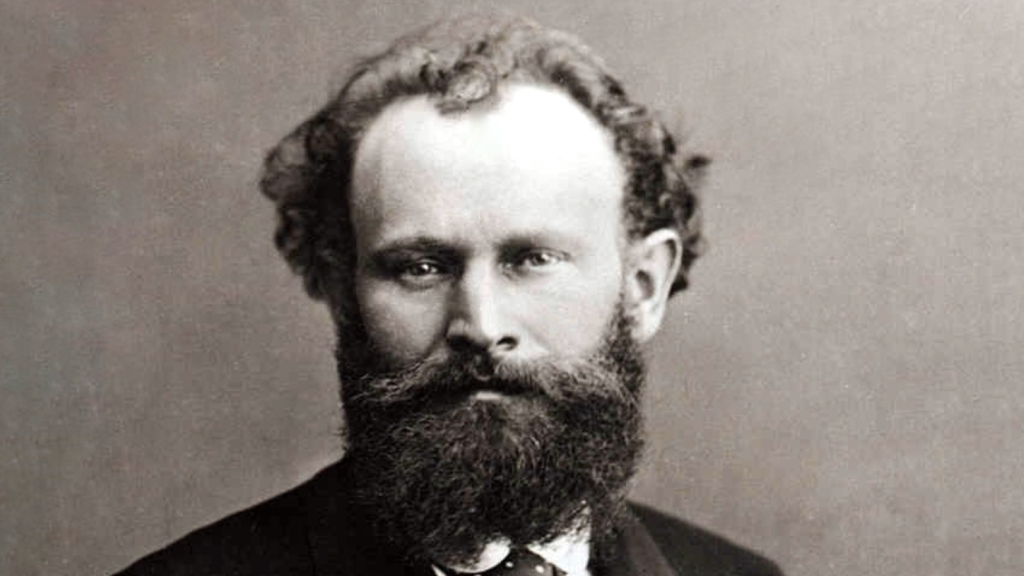
Édouard Manet’s paintings were often rejected by the Paris Salon and criticized for their unconventional style. His works, such as “Olympia” and “Le Déjeuner sur l’herbe,” shocked audiences with their modern subjects and techniques. While Manet gained some recognition late in life, it was only after his death that he was fully appreciated as a pivotal figure in the transition from Realism to Impressionism.
21. Sylvia Plath
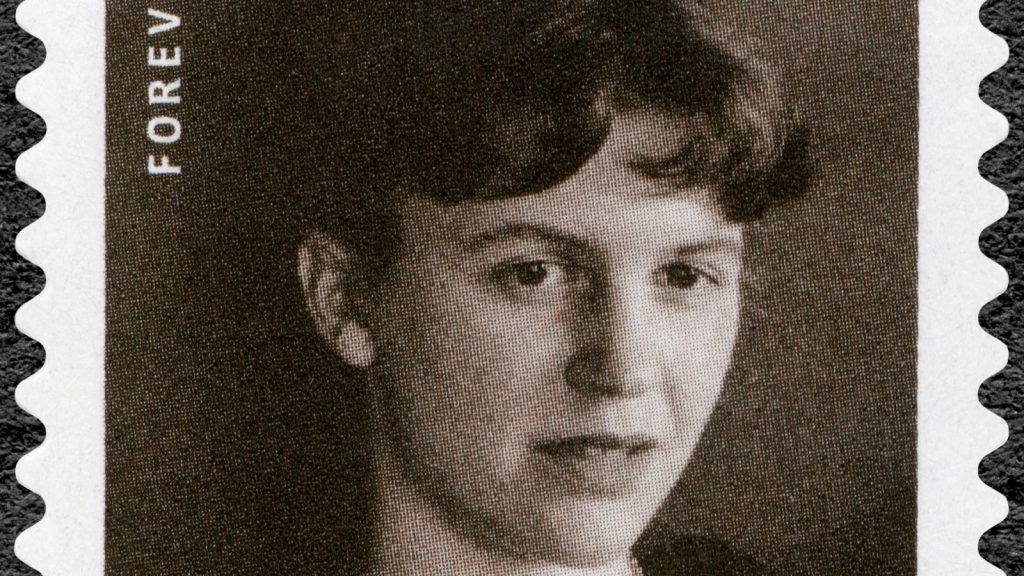
Sylvia Plath published only one collection of poetry and one novel during her lifetime. She struggled with depression and took her own life at the age of 30. After her death, Plath’s raw and confessional style of poetry gained immense popularity. She is now considered one of the most dynamic and admired poets of the 20th century.
22. Alan Turing
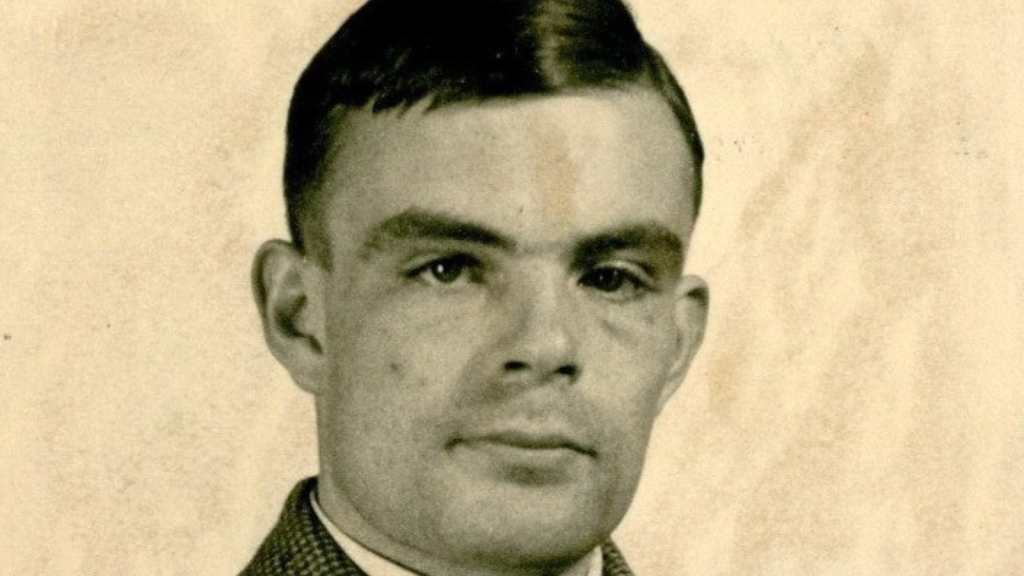
Alan Turing made crucial contributions to computer science and helped crack Nazi codes during World War II. However, he was prosecuted for homosexuality in 1952 and subjected to chemical castration. Turing died by suicide two years later. It took decades for his brilliance to be fully recognized and for the British government to apologize for his treatment.
23. Herman Melville
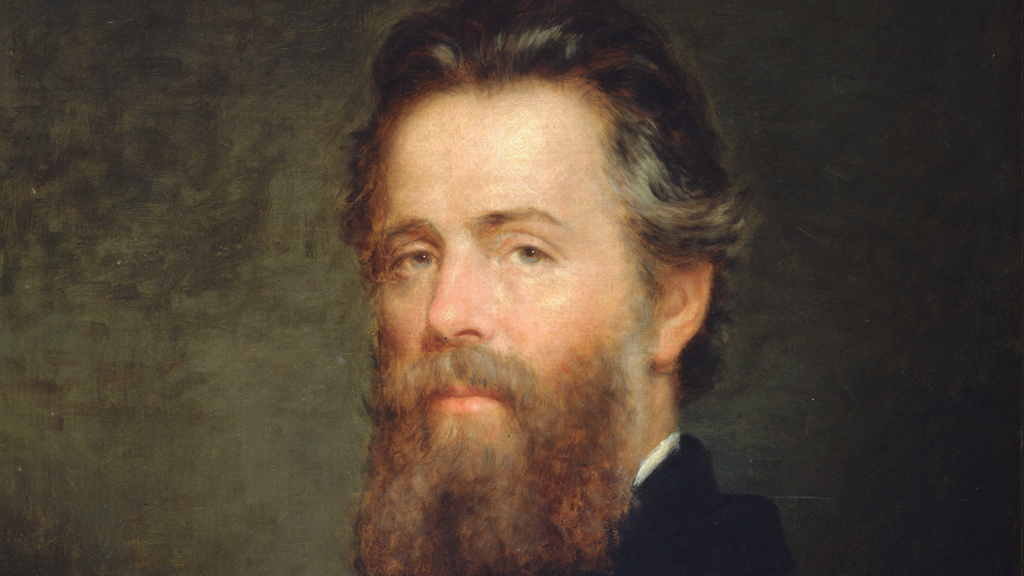
Herman Melville’s novel “Moby-Dick” is now considered a masterpiece of American literature, but it was a commercial failure when first published. Melville died in obscurity, working as a customs inspector in New York. It wasn’t until the “Melville Revival” in the 1920s that his work was rediscovered and celebrated for its complexity and philosophical depth.
24. Vivian Maier
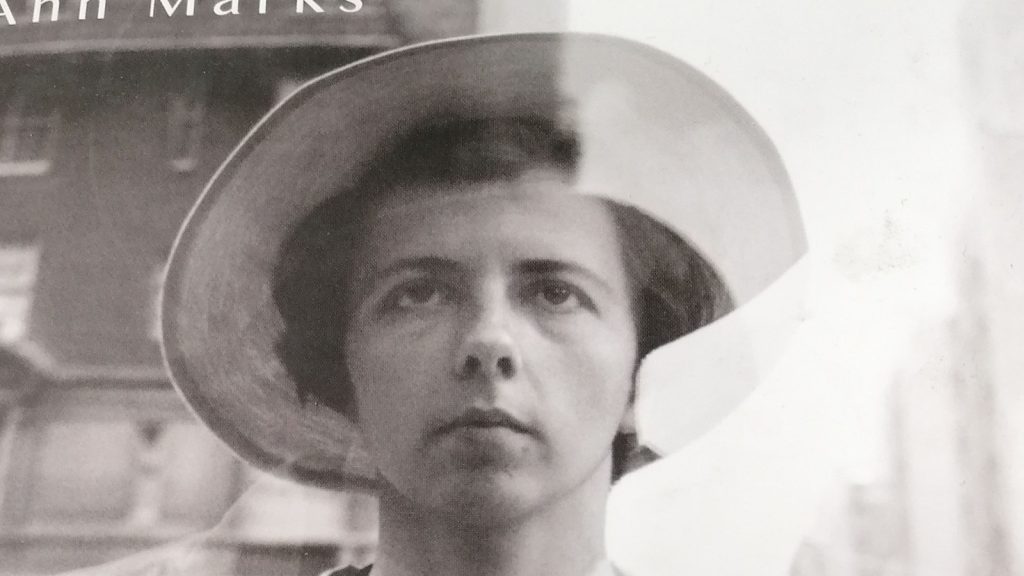
Vivian Maier worked as a nanny and took thousands of photographs throughout her life, but her work was unknown until it was discovered in a storage locker after her death. Maier never sought recognition for her photography during her lifetime. Today, she’s recognized as one of the most accomplished street photographers of the 20th century, known for her candid and poignant images of urban life.
Katy Willis is a writer, master herbalist, master gardener, and certified canine nutritionist who has been writing since 2002. She’s finds joy in learning new and interesting things, and finds history, science, and nature endlessly fascinating.
